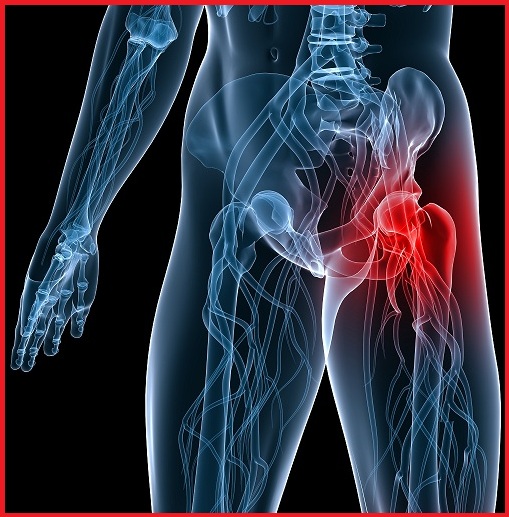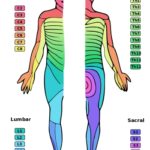
STONE MAN SYNDROME (Fibrodysplasia Ossificans Progressiva)
Fibrodysplasia Ossificans Progressiva (FOP) is an extremely rare progressive disease of connective tissue that occurs due to a genetic mutation in the body. While little is known about the pathophysiology of the condition, it is known that the mutation occurs in the ACVR1/ALK2 gene.
Occurring in approximately one in two million people, the disease is characterised by the formation of extra-skeletal bone in response to soft tissue injury. This may occur following intra-muscular injections, viral infections, muscular stretching, falls or fatigue.
What are signs of Stone Man Syndrome?
The only known sign of significance that assists with the early diagnosis of this condition is the presence of a congenitally deformed great toe. Plain x-rays and bone scans are required followed by clinical genetic testing to confirm the diagnosis of FOP.
A differential diagnosis must be made in order to distinguish it from non hereditary diseases and other genetic conditions that cause heterotrophic ossification (the phenomenon in which bone grows in areas outside of the skeleton).
What are the symptoms of Stone Man Syndrome?
During the first decade of life, the child with FOP will experience several “flare-ups” in the form of painful soft tissue swellings. These swellings can often become mistaken for tumours, when in reality what is occurring is the ossification of ligaments, muscles and other musculoskeletal structures in the body making movement impossible. Even minor trauma such as an injection into the muscle and over exertion can cause ossification.
The only areas spared in FOP are the tongue, certain eye muscles and the heart. Severe cases of FOP have reported fusion of the jaw or spine as well as pneumonia and right-sided heart failure. The latter two conditions occur when the thoracic region is unable to support normal respiration due to the formation of extra bone around the rib cage (also known as thoracic insufficiency syndrome).
How do physios treat Stone Man Syndrome?
Early treatment is essential to reduce inflammation at the initial stages of the disease. Small doses of corticosteroids are often used for this purpose in the jaw and larger joints only. The use of these drugs is avoided in instances where the flare up occurs in joints of the back or neck because of the tendency for the flare up to last longer or recur frequently. As flare-ups can be extremely painful, potent pain medication is often prescribed in addition to anti-inflammatories, cox-2 inhibitors and glucocorticoids.
Muscle relaxants are also used frequently to relieve muscle spasm and help maintain function. Surgery should not be attempted to remove excess bone growth as this will trigger further bone growth in the body. Physical rehabilitation or assistance from an exercise physiologist is recommended to assist with prescription of mobility aids, modifying activity and maintaining respiratory function through appropriate exercise prescription and breathing exercises.
The average lifespan of those that suffer this debilitating disease is 40 years. Many are wheelchair bound towards the latter stage of their lives. The International Fibrodysplasia Ossificans Progressiva Association (IFOPA) is a society that aims to assist in offering support to people with this condition. The organisation also supports research into finding a cure for this condition.
If your child is experiencing any signs or symptoms of FOP, a qualified physiotherapist can help. Book an appointment online or call us today on 07 3352 5116.
UPDATED: 27/06/2022
References
Shaikh, N., Arif, F. (2011) Fibrodysplasia Ossificans Progressiva. J Pak Med Assoc. Vol 61(4): 397-399.
Pignolo, R., Shore E., Kaplan, F. (2011) Fibrodysplasia Ossificans Progressiva: Clinical and genetic aspects. Orphanet Journal of rare diseases. 6:80.
International fibrodysplasia Ossificans Progressiva Association (2009) FOP fact sheet. Retrieved November 29, 2012






